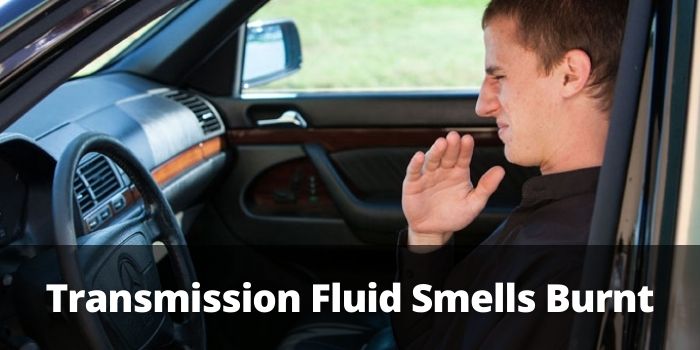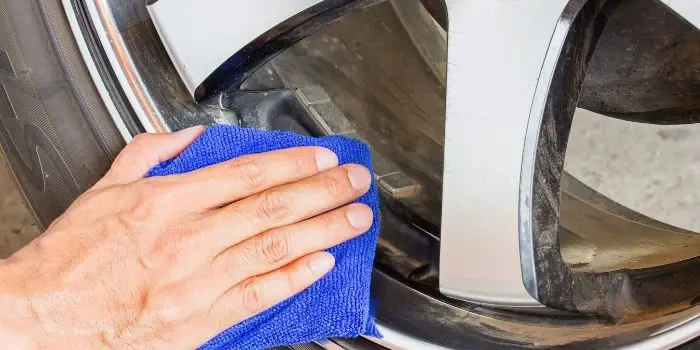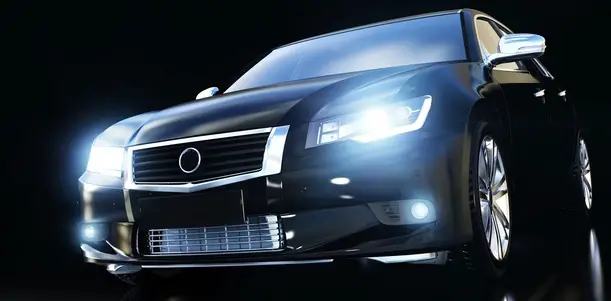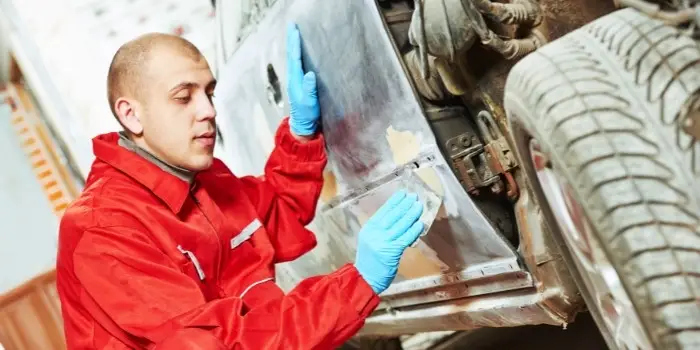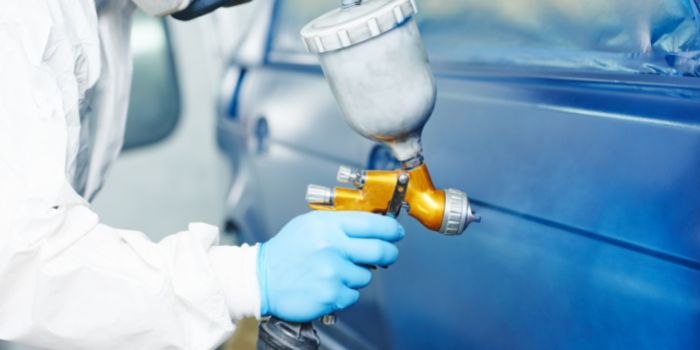
When it comes to painting your car, there are a lot of different choices out there.
Two of the most popular types of paint that are getting popular in recent times are acrylic enamel and acrylic urethane.
While both can be used for similar purposes, they do have some key differences that you should consider before making your final decision.
But what’s the difference between these two types of paint? And which one is right for you? Keep reading to find out!
Table of Contents
Acrylic Enamel Auto Paint
Acrylic Enamel (AE) is typically an easy-to-use, high gloss, single-stage paint coating system that’s designed for refinishing automobiles including cars, trucks, campers, etc.
This type of single-stage professional paint coating is today also used as a fleet and as equipment coating in various industries.
The good thing about using AE coating for automotive is it’s easy to spray and dries very fast. Plus, it helps in providing a long-lasting high gloss finish result that lasts.
Also, there are many different modern paint colors available in acrylic enamel that can help you create a stunning and inviting look for your car.
Whether you want a bright and cheerful vibe or a more subdued and sophisticated look, there is sure to be a color that suits your style.
Acrylic Urethane Automotive Paint
Acrylic urethane auto paint is a newer type of paint that was first developed around the 1980s.
It is known for its high gloss finish and easy application process.
Acrylic urethane automotive paint is basically a mixture as it is a paint and primer in one.
This means that you don’t have to worry about applying a separate primer before painting your car.
It also has a higher solids content, which means that it can provide better coverage and a more durable finish.
Acrylic urethane paints are also available in a wider range of colors than enamel paints, so you have more options to choose from.
However, the thing you need to remember is that compared to acrylic enamel auto paint, it can be more difficult to work with and requires special care during the painting process.
Acrylic Enamel vs. Urethane Auto Paint
| Acrylic Enamel | Acrylic Urethane |
|---|---|
| Chips easily | Easier to apply |
| Not as glossy | More glossy |
| Requires more prep work | Can be more expensive |
| Can’t be buffed | Can be buffed |
| Difficult to apply in cold weather | Requires special care during the painting process |
| Can’t be applied in direct sunlight | Can be applied in cold weather and direct sunlight |
| Not as durable and can fade over time | More durable and more resistant to fading |
| Not very effective against rust | Excellent rust protection |
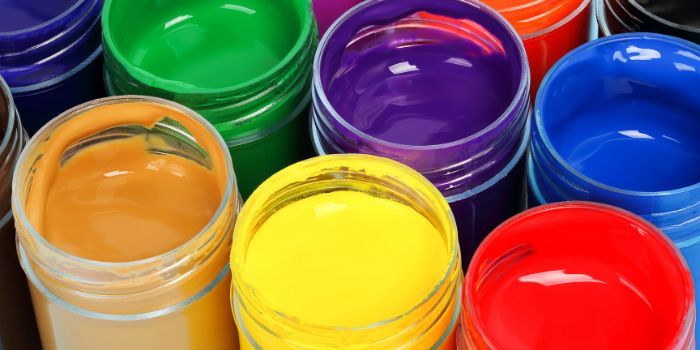
Acrylic Enamel vs. Urethane: Which One Should You Choose?
As we have seen above there is quite a bit of difference between these paints.
While each one of them has its own set of pros and cons, both can be a great way to paint your vehicle.
Acrylic enamel is easier to work with but not as durable, while urethane is more difficult to apply but will last longer.
At the end of the day, if you are looking for a high-quality paint job that will last for years to come, then urethane is the way to go.
However, if you are on a budget or are new to painting cars, then enamel paint may be a better option for you.
Keep in mind that both types of paint have their pros and cons, so it is important to carefully consider your options, specific needs, and budget before making a final decision.
What about Acrylic Lacquer – Is it a Good Paint for Touching Up Your Vehicle?
Acrylic Lacquer is basically a third type of acrylic touch-up paint that can be used for your vehicle.
Although it can be used for touching up older cars it’s not an ideal solution for newer luxury cars.
The fact is most body shop professionals consider this type of paint to be a bit outdated because it doesn’t last as long as other acrylic options we discussed above.
When exposed to extreme temperatures, humidity, or chemicals, this paint can wear out fast.
Also, keep in mind that this Acrylic auto-paint type is illegal in some places. So, make sure you check with your state’s regulations before using this on your vehicle.
FAQs
What is single-stage auto paint?
Single-stage auto paint is a paint that doesn’t require a clear coat in order to achieve its final glossy finish.
It comes with all the necessary chemicals in a pre-mix that helps in completing the whole painting process in one single step, eliminating the need for a clear coat on top.
This type of paint is typically used on older vehicles or vehicles that are being restored, as it’s more durable and easier to work with than other types of auto paint.
Do you wet sand or reduce single-stage paint?
Wet sanding is the process of using a sanding block or machine with water sprayed on the surface to remove paint imperfections and create a smooth surface.
Reducing is the process of thinning out the paint so that it can be easily sprayed onto the vehicle.
In general, if you need to get a better finish and long-lasting results it’s good to wet sand the paint finish before applying the final coat.
And when using an airless spray gun reduce the paint for getting the right viscosity.
Single-stage or two-stage paint – which is better?
There is no easy answer when it comes to deciding whether single-stage or two-stage auto paint is better.
It really depends on your specific needs and preferences.
If you’re looking for a durable paint job that’s easy to apply, single-stage auto paint is a good option.
However, if you want a paint job that has a high-gloss finish, you’ll need to use two-stage auto paint.
But keep in mind that with a two-stage process, you will need to apply the base color, which should be followed up by several layers of clear coat.
In conclusion, there are a few key differences between these two types of paint.
Acrylic enamel is easier to work with but not as durable, while urethane is more difficult to apply but will last longer. Consider your needs and budget before making your final decision.

Based in Orem (Utah) John Paterson graduated from Utah Valley University and has begun writing in 2009. He has a large wealth of experience in writing articles related to cars, automotive repair, wheels, cleaning/maintenance, and much more. He has also written instructional articles in a similar niche for a few online publications as well. Currently, he works as a mechanic in his personal garage shop where he loves serving his countrymen from his heart.

